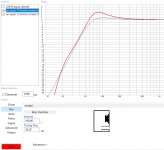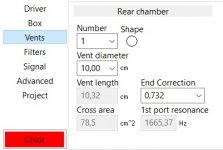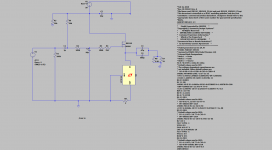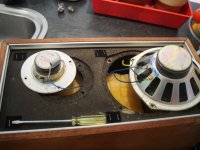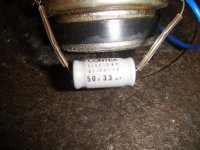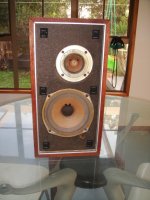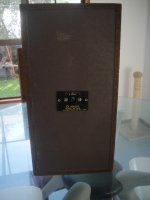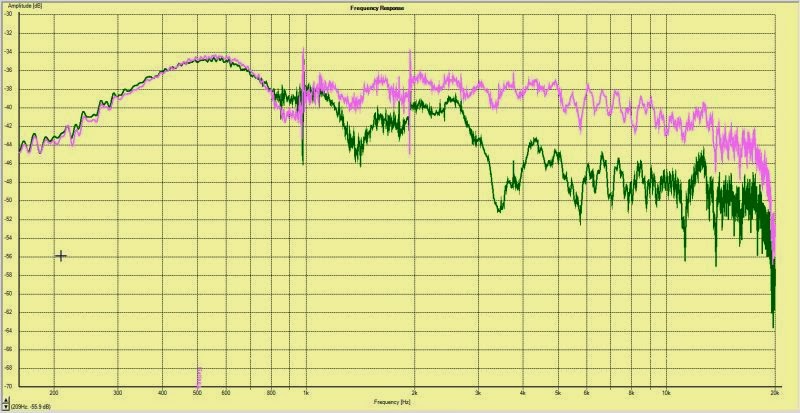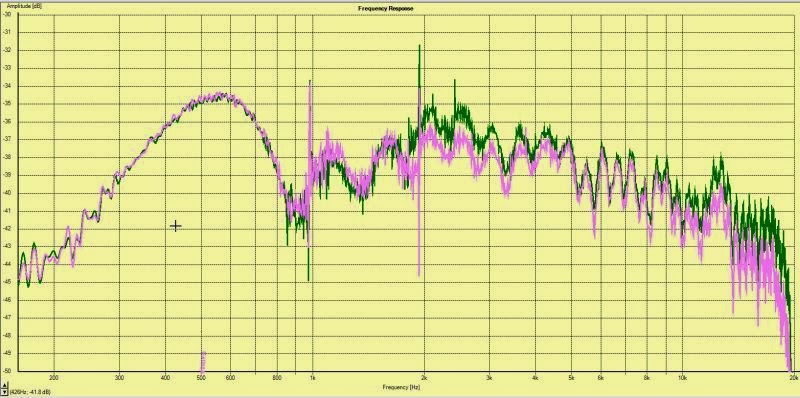Disclaimer: didn't know where to put this since it covers some more techs at once than just analog or just digital, DAC or power amp, etc. @Mods, pls. feel free to move to the category where appropriate, I now created it here because of "alternative technologies".
Dear all,
I recently read an interesting
article (not that new, probably known to most of you) about Bruno Putzeys and I really like the way this engineer is breaking the ice (or ICE lol) .. and breaking the status quo which was stuck at a certain level in the audio industry for so long..
I think Bruno's work is an amazing and a huge contribution to the evolution of music reproduction, namely how we listen to music and interpret it, through a certain device, let it be a DAC, a preamp or a power amp. This guy is the Elon Musk of audio I'd say (or otherwise, sorry, Musk is the Putzey of the car world). Sorry.
🙄 😀 Of course...
😎
Anyway, what I could gather together and sum up about him in a nutshell if somebody asks who's he:
- he's the one who revolutionalized Class-D technology by establishing UcD technology (at Philips)
- he's the one who further improved this tech and came out with the amazing NCore series which already left most of the world's amplifiers regarding specs for distortions, linearity, impedance, etc. all the stuff you know..
- after reaching a certain (already amazing) quality of audio signal amplification, he turned his attention to DACs and preamp, practically the front part of the chain (-> Mola Mola)
- after having finished (at least for the 1st round
😀) with analog and digital signal processing, he went on the the last parts of the reproduction chain, the speakers (-> Kii Audio)
- and finally, to my knowledge pretty much nowadays he's working on a significant improvement of transducers (speaker drivers) and again on an iteration of existing cutting-edge Class-D technology (-> Purifi Audio)
--------------------------------------------------------------------------------------------------------------
So far so good. And then - just to stay with innovations and new trends - I read about the Benchmark AHB2.
Feed-forward. The Drop + THX AAA 789.
Feed-forward. And I learn about Hegel and the
short explanation of feed-forward error correction technology (in contrast to feed-back based error correction).. and some other sources too..
Theory of Feed-Forward Audio Amplifiers - A survey
Then I see how these feed-forward applying devices perform, regardless of employed devices and amplifying classes and I'm like "omg". Exceptional numbers in the realms only achievable by Bruno Putzeys' amplifiers maybe.
And now the million dollar question to all of you reading this: shall we rather vote for the one or the other type of technology (feed-forward amps vs. cutting edge Class D which is heavily feed-back based) OR is Mr. Putzeys already working on combining the best of both worlds ?
🙄
I'm just curious where we're heading and what we can expect from the future and I'm not really interested in if we go from 130+ dB SNR to 150 or something like this but if we shall be satisfied by the one or another technology, because what I see now is that both these state-of-the-art achievements of the audio industry is slowly exceeding the human capability of hearing and I just wanted to hear your opinion.. shall we 'choose' because these 2 advancements in amplification cannot mutually exists in the same device, or will these advancements be combined maybe in the future (e.g. feed-forward corrected input stage followed by an amazing Class-D amp) or .. what can we expect ?
Happy listening

 YouTube
YouTube


 YouTube
YouTube
